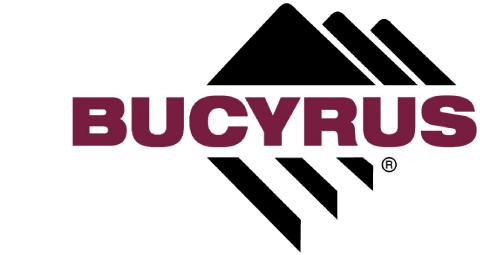
1 minute read
OPERATING INSTRUCTIONS RH RH170
Inspection and servicing
Venting the hydraulic system
Hydraulic pumps, hydraulic motors, hydraulic cylinders, travel brake valves, suction lines of hydraulic pumps, oil cooler manifolds and the servo control system must be vented
after assembly on site and prior to initial commissioning,
before each recommissioning of the excavator, e.g. after extensive repair work to the hydraulic system or after prolonged downtimes,
after each hydraulic oil change,
after replacement of hoses or lines.
Venting the hydraulic components
Hydraulic pumps and hydraulic motors (with electric motors shut off):
Open the highest leakage oil port and fill in clean hydraulic oil up to the lower edge of the opening.
Check the hydraulic system under load. Pay attention to noises produced by the hydraulic pump or the hydraulic motors. Abrupt movements of the working equipment are a sign of entrapped air in the system. Remaining air pockets can be eliminated by actuating all hydraulic functions.
Hydraulic cylinder:
Before the initial admission of the cylinder with oil, the piston must be in either of the two extreme piston positions. In other words, the piston rod (1, Fig. 3-107: and Fig. 3-108:) must be either completely retracted or completely extended.
Always admit oil first to that side of the cylinder where the piston (2) is. This is
• the piston-side port (3) when the piston rod is retracted (1, Fig. 3-107:),
• the rod-side port (4) when the piston rod is extended (1, Fig. 3-108:).
If, for assembly reasons, the piston rod is inmiddle position, admit oil first to the piston-side port (4).
When oil is admitted for the first time to the cylinder, the oil flow must be reduced. Therefore extend or retract the piston rod as slowly as possible.
The screws/nozzles of the following components must be opened until oil emerges bubble-free from the opening:
Always vent only the system section that has been opened.
the travel brake valve at the venting screw,
the oil cooler manifold at the mini-measuring ports,
the servo system at the venting screws of the control blocks (under the servo caps),
the intake line at the venting screw (with drive motors stationary).


